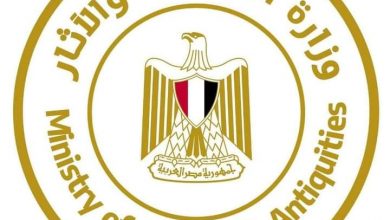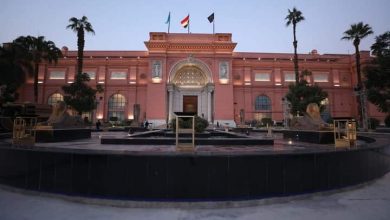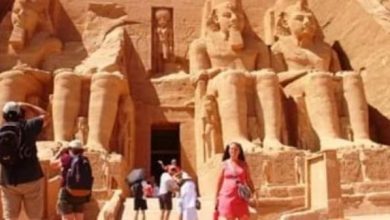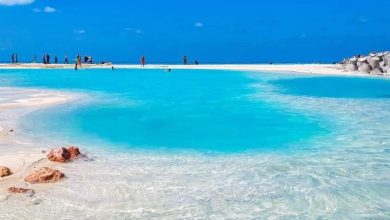النهر الخالد هبه الخالق.
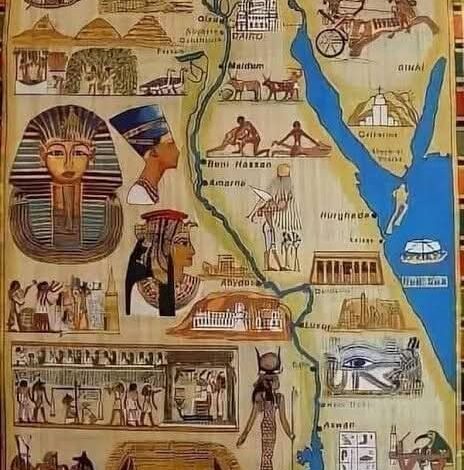
النهر الخالد هبه الخالق.
بقلم /حلمي القصاص.
أنّ نهر النيل له دوراً عظيما في قيام الحضارة المصريّة القديمة علي ضفافه،
فهو شريان الحياة لمصر والمصريين قديما وحديثا،
قال المؤرخ اليونانيّ هيرودوت ان (مصر هبة النيل)، لذلك اطلق علي الحضاره المصريه القديمه حضاره وادي النّيل.
فكانت مصر القديمة تشمل اثنين وأربعين إقليماً،
منها عشرين إقليماً في المنطقة الشّماليةوهي عباره عن مملكة مصر السفلي.
واثنان وعشرون منها عباره عن المنطقة الجنوبيّة التي شكلّت مملكة مصر العليا،
إلى أن تمّ توحيد المملكتين عام أربعة آلاف قبل الميلاد على يد الملك مينا موحد القطرين.
وقد قدّس المصريّون القدماء نهر النيل وعبدوه،
وأعتبره الإله (حابي) ،
فاصبح رمز الحياه ،
فقد تعلّموا حساب الأيّام والسنين وفصول السنه للتعامل مع َ النهر في ايام الفيضان وايضا ايام الجفاف،
ولقد ساعد في تغير نظام المجتمع وزياده تفكيرهم وتكيّفهم مع متغيرات الحياه المرتبطه بااحوال النهر، والبحث عن الحلول لتجنب خطر الفيضان الكبير ، والمخطوطات المصريّة القديمه وجدران المعابد تحكي عن اساطير وقصص عن نهر النّيل العظيم.
الذي هو رمز الحياة والخصوبه والنماء وكان وسيله للتنقل ايضا،
ومصدر الخير الوفير، حتي ان النصوص القديمه كتبت : (من يلوّث ماء النيل، سيصيبه غضب الآلهة)،
كما ارتبط النهر بمفاهيم العالم الآخر والبعث والخلود ، فكانوا يتركون المراكب والشّباك وأدوات الصيد الخاصّة بالمتوفي في قبره اعتقادا بالبعث الي الحياة مره اخري، وفي الوقت نفسه كانوا يسجلون في سجلّات من يتوفى منهم ما إذا كان قد لوث مياه النيل في حياته أو اهدرها واساء استخدامها.
واصبح القسم. بانه لم يلوث النهر يوما. جزء من قانونهم. نهر النيل العظيم هو كان ومازال وسيظل منبع الحياة والامان و الرخاء لمصر والمصريين.
حفظ الله مصر و حفظ نيلها العظيم.
The Eternal River, a Gift from the Creator.
By Helmy El-Qassas.
The Nile River played a significant role in the rise of ancient Egyptian civilization on its banks.
It is the lifeline of Egypt and the Egyptians, both ancient and modern.
The Greek historian Herodotus said, “Egypt is the gift of the Nile.” Therefore, he called ancient Egyptian civilization the “Nile Valley Civilization.”
Ancient Egypt comprised forty-two regions,
twenty of which were in the northern region, which constituted the Kingdom of Lower Egypt.
Twenty-two of these regions were in the southern region, which formed the Kingdom of Upper Egypt.
Until the two kingdoms were united in 4,000 BC by King Menes, the unifier of the two lands. The ancient Egyptians sanctified and worshipped the Nile River.
They considered it the god Hapi,
so it became a symbol of life.
They learned to calculate days, years, and seasons to deal with the river during floods and droughts.
This helped change the social system, increase their thinking, and adapt to the changes in life associated with the river’s conditions. They also sought solutions to avoid the danger of a major flood. Ancient Egyptian manuscripts and temple walls tell of myths and stories about the great Nile River. It is a symbol of life, fertility, and growth. It was also a means of transportation,
and a source of abundant goodness. Ancient texts even stated: “Whoever pollutes the waters of the Nile will incur the wrath of the gods.”
The river was also associated with concepts of the afterlife, resurrection, and immortality. They would leave the boats, nets, and fishing gear of the deceased in their graves in the belief that they would be resurrected. At the same time, they would record in the records of those who died whether they had polluted the Nile’s waters during their lifetime, or whether they had wasted or misused it.
The oath that they had never polluted the river became part of their law. The great Nile River was, is, and will remain the source of life, security, and prosperity for Egypt and the Egyptians.
May God protect Egypt and the great Nile.
.



